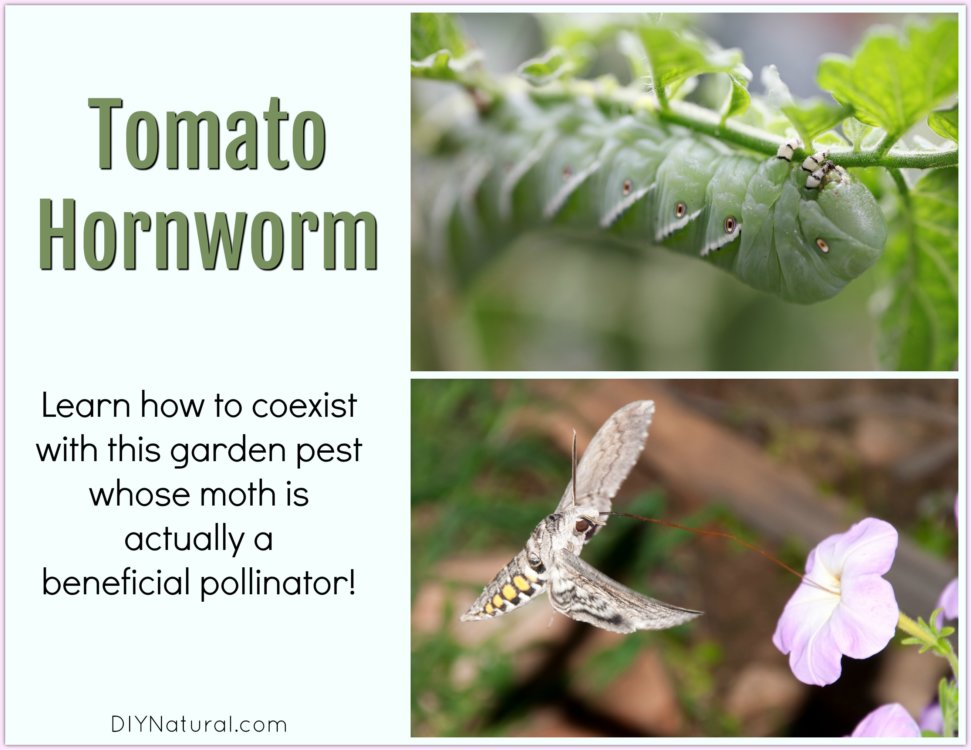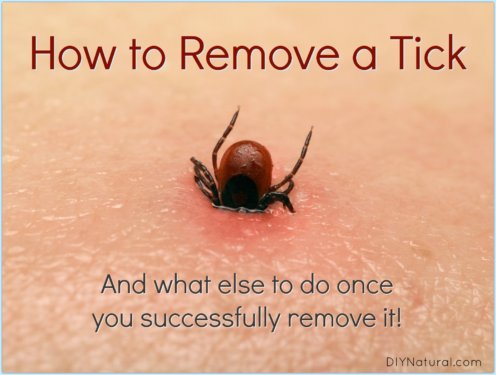
Learn how to coexist with the tomato hornworm because it transforms into the hummingbird moth, a very beneficial pollinator who is more than a garden pest!
Hummingbird Moth
For several years the hummingbird moth has fascinated me. I fell in love instantly the first time I saw one buzzing through the bee balm at a perennial nursery. I have been trying for years to attract one of these beneficial pollinators by purchasing certain things for our flowerbeds.
No matter what I plant, I still have not had the joy of watching a fuzzy, thick-bodied hummingbird moth hover over a flower to drink in my own yard. This year I was beginning to think about researching ways to bring the eggs or larvae in from a supplier.
That was all before the gardening season began in earnest.
Last week, as I watered the garden first thing in the morning, I came upon a pepper plant that had been practically eaten down to a stalk. Underneath the plant was a pile of “frass,” which is the waste that a caterpillar leaves behind after a meal. I looked at all the neighboring plants and sure enough, there was a big, fat tomato hornworm. All of my conditioning told me to squish it or feed it to the chickens. I chose the latter and was walking it across the yard when something made me pause and wonder what it would become if I didn’t let it get eaten.
Tomato Hornworm: Beneficial Pollinators?
There are two types of hornworm that feed on the tomato family – the tobacco hornworm (Manduca sexta) and the tomato hornworm (Manduca quinquemaculata). They are part of the family of moths called sphinx moths, so named for the way they stand up when disturbed. They all have a horn on their tail, fleshy bodies, and are brown or green in color as caterpillars. The tobacco hornworm has diagonal white lines along its side and the tomato hornworm has white v’s.
As I read on about them, I found that many call the sphinx moths hummingbird moths. There is actually a hummingbird moth in the family (Hymaris thysbe), so the common name for the class of moths is a bit of a misnomer. Nonetheless, many of the sphinx moths hover and drink nectar from their proboscis.
The very moth with which I was fascinated was not present in my garden because I had been killing all of its caterpillars!
I changed my course with my wiggly prize. There are no more juicy hornworm snacks for the chickens on our farm. Instead, I called the kids out and we put it in a large jar. Now, of course, we can’t allow the hornworm to take over the tomato row or we won’t have any tomatoes. They can strip a plant in no time, so we need new strategies to coexist.
How I Deal With the Tomato Hornworm
Strategy #1
This year I am placing any caterpillars we find in jars and letting the kids take care of them until they emerge as moths. It is best to look for them at night with a flashlight, or first thing in the morning on the undersides of leaves.
The jar we are using has some soil at the bottom of it. The caterpillar will need to burrow its cocoon into this dirt when it is ready to change over to a moth. We are leaving the top open or covering it with a screen. While the caterpillar needs to eat, we can impact our tomatoes less by choosing a leaf here and there throughout the row. You can use anything in the Solanaceae family. The moth should take about two weeks to emerge during the summer months.
Strategy #2
Next year, we will be planting a sacrificial area of peppers and tomatoes. Every year we grow more seedlings of both of these than we need. It doesn’t take much to set up a separate little row or bed of them. When we find caterpillars on our garden tomatoes we take them to the “moth bed”. They’ll have everything they need there and won’t require our interference.
By next year, I should be able to sit on my deck and watch the sphinx moths feed.
Be careful what you squish in your garden. We should all take the time to understand the place each pest holds in a healthy ecosystem. Did you learn that it’s a battle between good and evil out there? The truth is much less black and white.
Hopefully, this article on tomato hornworm helps you have extra tomatoes in your garden this year.
*******




Thanks for the great article! We need to learn to co-exist with all of God’s creatures. No caterpillars, no butterflies!
I am so glad I stopped to read this. I had these horn worms last year and although I didn’t kill them I relocated them to the other side of my driveway and didn’t see them again. Thanks for sharing this. Also I totally agree with your last comments. Fox is way ahead of that.
I never kill them, they are night pollinators and a very vital part of this life here,
Wow! I never knew that the Hummingbird moth came from those tomato worms. I went out to my garden to find them but they are hard to see. Why use a flashlight at night? Thanks for the lesson.
Yes! I am so glad to see you address this. We have been using both strategies for several years to allow these little known pollinators to thrive while preserving our tomatoes. I usually use the volunteer tomatoes that pop up near my compost bed for the sacrificial plants as they don’t produce well anyway in the partial shade.
We also shepherd Monarch caterpillars to help out these endangered pollinators.
Thank you!
I also make efforts to attract all the different pollinators by planting herbs and flowers. Although I did not particularly know which caterpillar ? becomes which butterfly ?.
When my grandchildren and others visit my garden and attempt to kill the natural living; I always say, “ they live here and we are in their home and must help and respect them with care”. I have actually heard my grandchildren say the same to others who visit! They must be taught if WE are to survive. Thank you for sharing you passion and Knowledge. Rometta Ison, VA